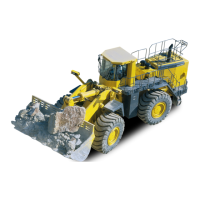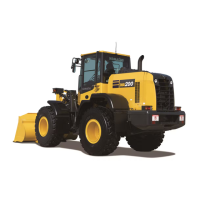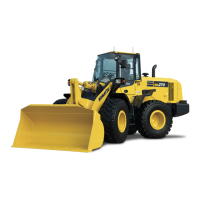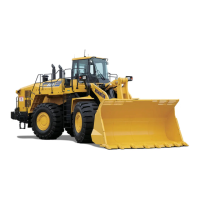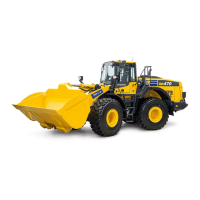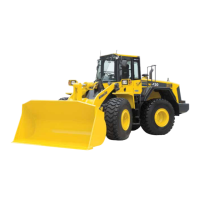TROUBLESHOOTING
6-12
STARTING THE ENGINE WITH A BATTERY JUMPER CABLE
☞
• The current-supplying battery and the discharged battery
must have identical nominal voltages.
• The capacity of the current-supplying battery must not be
significantly lower than the capacity of the discharged
battery.
• The cross-sections of the battery jumper cable and the ca-
ble clamps must be suitable for the battery type.
CONNECTING THE JUMPER CABLE
• A short-circuit may damage parts of the electrical system.
A short-circuit may occur, if:
• • the positive (+) and negative (-) clamps touch each
other when you connect them to the battery, or
if they are conductively connected (e.g. by a tool),
• • the operational and the defective machine touch each
other and current is already flowing when
the positive poles are connected,
• • a clamp slips off and touches the machine!
• Firmly connect the clamps. When connecting and discon-
necting the cables, pay attention that
• • the cable ends neither touch each other nor the
machine,
• • the two machines do not touch each other.
1. Turn the start switch of the defective machine to '0' (OFF).
2. Connect one clamp of the battery jumper cable to the posi-
tive terminal (+) of the discharged battery.
3. Connect the other clamp of the battery jumper cable to the
positive terminal (+) of the charged battery.
4. Connect one clamp of the battery jumper cable to the nega-
tive terminal (-) of the charged battery.
• Danger of explosion! When you connect the last clamp to
the engine block of the defective machine, sparks are pro-
duced which may ignite the gas produced in the battery!
Connect the last clamp as far away from the battery as
possible.
5. Connect the other clamp of the battery jumper cable to the
engine block of the machine with the discharged battery.
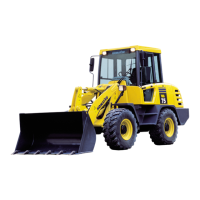
